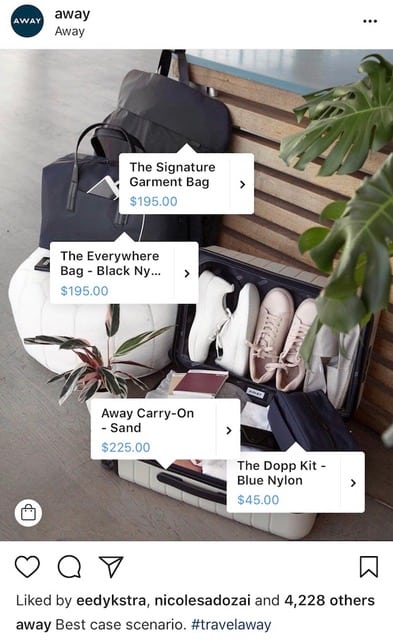The ability to sell products directly on social media sites has been around for a few years. However, except for younger, mobile-focused shoppers, social commerce has not gained a foothold. Shopping platform provider Bazaarvoice says its data shows that only 19 percent of consumers have purchased from a social media platform. Who Uses Social Commerce? The Instagram business profile has to be connected to a Facebook catalog. Businesses can purchase ads from Instagram to facilitate sales. Merchants can buy Pinterest ads to promote shoppable pins. Major brands are already heavy users of social media platforms for marketing and selling. Voice Commerce vs. Social Voice commerce could challenge social commerce in the next few years. The firm found that 29 percent of Echo owners who are also Amazon Prime members had bought something through Amazon Prime at least once using Alexa.
The ability to sell products directly on social media sites has been around for a few years. But social platforms are improving transaction capabilities with buy buttons — making purchasing easier.
Marketers have put forth the premise that standalone ecommerce websites lack the personalization and content richness of social media networks, which, they say, foster deeper customer relationships. Other proponents say social commerce increases customer engagement and loyalty.
However, except for younger, mobile-focused shoppers, social commerce has not gained a foothold. A 2017 PwC report said online buyers cited social networks as the digital media most used for purchase inspiration but not for actual purchases. Shopping platform provider Bazaarvoice says its data shows that only 19 percent of consumers have purchased from a social media platform.
Who Uses Social Commerce?
Generation Z (birth years from the mid-1990ss to the early 2000s) dominates social commerce, mainly via apps on mobile devices. Millennials (born from the 1980s to the late 1990s) also favor social commerce. This group generally has less disposable income than older shoppers.
Generation Z favors Instagram for product searches and general browsing while Baby Boomers (born in the mid-1940s to mid-1960s) are more comfortable with Facebook. One impediment to mobile social shopping is that younger people often find ads on their mobile phones offensive and advertising is an integral part of successful social selling.
Popular Social Commerce Sites
Facebook. BigCommerce, IBM Commerce, Magento, and Shopify platforms are integrated with Facebook to provide “seamless” sales on the seller’s Facebook page that becomes an online store. Facebook does not charge sellers, but most sales are aided by purchasing ads on Facebook.
Instagram now accommodates shoppable posts. Merchants with a free business account can tag products in their organic posts. The Instagram business profile has to be connected to a Facebook catalog. Shoppable posts are available in the U.S., Australia, Brazil, Canada, France, Germany, Italy, Spain and the U.K. Businesses can purchase ads from Instagram to facilitate sales. Since Facebook owns Instagram, sellers can easily connect with their Facebook pages — a shop in a Facebook channel is required. BigCommerce, Magento, Salesforce Commerce Cloud, and Shopify also integrate with Instagram. Instagram reports that it has 800 million active…

COMMENTS